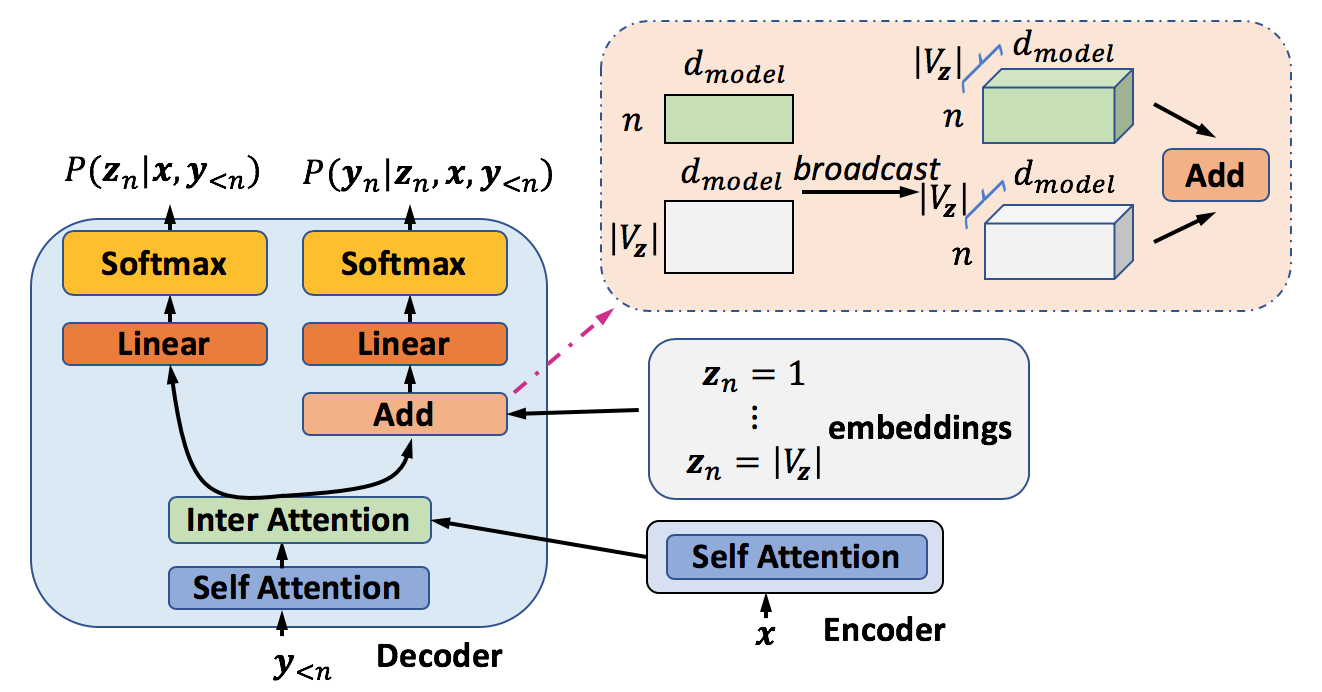It is all about Time (Series!)
 |
| Professor Xin Wang |
Time series are a statistical workhorse of today’s economy and technology. What is a time series? It is simply a sequence of data indexed by time. Examples of time series are daily stock prices, hourly temperature readings, the pressure readings in an industrial process by the second, and the number of calls per minute in a telephone exchange. In a more general form, it can be a sentence in natural language or a set of processes of a system. As the types of sensing devices grow, there is an increasing demand to model the statistical relationships from a large amount of high-dimensional (i.e. many variables) sequential data. Professor Xin Wang leads a group of PhD students and post-doctoral researchers in Stony Brook’s Electrical and Computer Engineering department who seek to develop fundamental machine learning and data processing techniques to more accurately model time series data, as well as advance the understanding of images and video.
In order to facilitate making decisions and taking actions with regards to time series data, especially large amounts of data, one often has to understand the information from images and videos. To capture the dynamics from these high-dimensional time series, Dr. Wang’s group has incorporated deep learning architectures (a form of machine learning) together with statistical inference methods to more effectively model the stochastic (that is, random) process of sequential data under different applications. Furthermore, many practical applications require the understanding of the relationship between different sources of time series. Dr. Wang’s group also investigates the complex multi-modal relationship between time series from multiple domains. They have designed several deep learning schemes in multi-modal applications of time series, including image captioning and machine translation.
An important focus of Dr. Wang and her group’s efforts is more accurate modeling and machine learning under practical conditions. Real world data have noise, uncertainty, dynamics, loss and delay. Steps must be taken to mitigate these sources of error. Dr. Wang’s research seeks to design light-weight algorithms that can run efficiently and reliably, in real time if possible. Since we live in an era of “big data,” another issue is handling huge amounts of data. Finally the Stony Brook group considers large scale systems and resource and energy limitations.
 |
| Deep neural architecture to model target latent sequences and sentences |
Recently Dr. Wang and her group have applied the methodologies they developed for time series data to a set of National Science Foundation funded projects involving wireless communications technology and electric power micro-grids. Two wireless projects make use of a sparse (minimal) number of data samples and real-time prediction to obtain complete system status or “state” to make possible future high frequency, millimeter wave, and cognitive wireless communication systems. Micro-grids are electric power grids for a small area. The micro-grid project has used a novel neural network infrastructure. Neural networks are a brain inspired type of computing network that is of much interest to today’s researchers. The use of neural networks for this project enables the statistical and continuous modeling of micro-grid data with samples taken sparsely and irregularly in the presence of noise and uncertainty.
These projects are all interdisciplinary with collaborators from both inside and outside of Stony Brook University. Collaborators on the micro-grid project have been Professor Peng Zhang of the Electrical and Computer Engineering department, and Professors Scott Smolka and Scott Stoller of the Stony Brook Computer Science department.
Prof. Wang is always on the lookout for new and interesting projects for her group. With the track record that has been developed, one can only speculate on what areas future work will involve.
